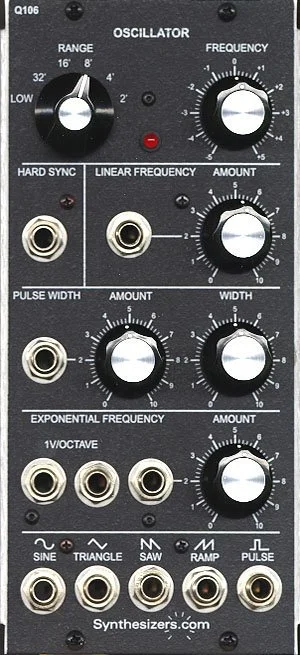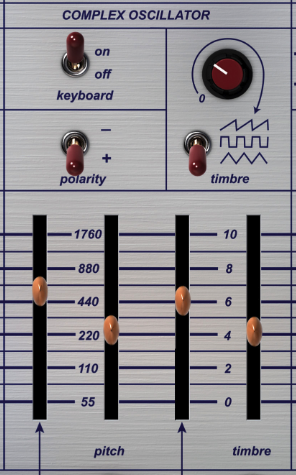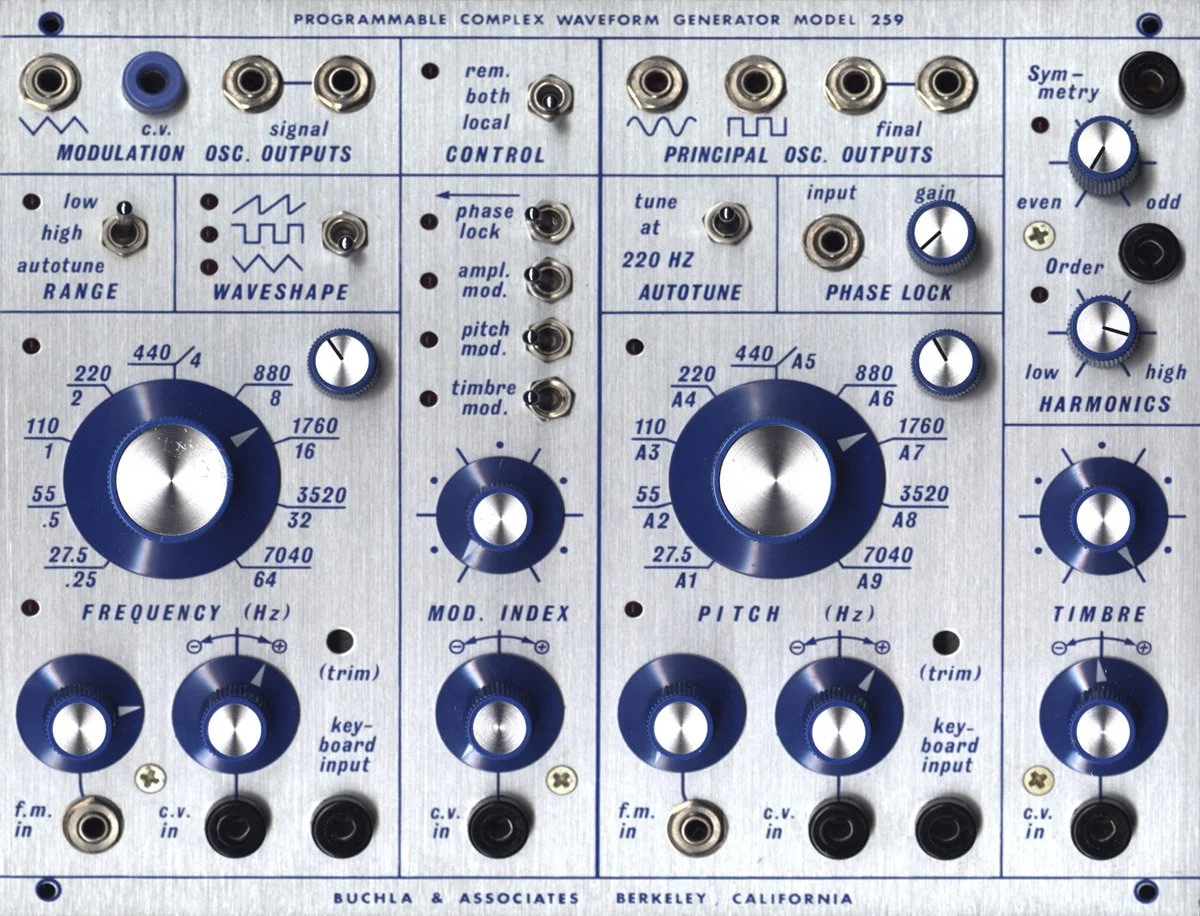Musings
This modest blog will be a free-ranging meandering through my constant musings on all thoughts Buchla.
I’m going to try and keep the posts brief (wish me luck) and separate them into:
Conceptual Musings
Buchla Breaks
Easel Expeditions
Both the Breaks and Expeditions will focus on specific tips and tricks accompanied by video and audio examples. Conceptual Musings will be just that. Let’s begin. . .
Conceptual Musings
I remember the first time I sat at a 200e and asked the same questions we all ask: Where’s the ADSR? Where are all those standard Wavesforms? Where’s the Filter? For the longest time I tried to fit the Buchla system into my concept of what I call the Standard Model.
The Standard Model is, I’m assuming, what most of us grew up learning and is best represented by the production modular synthesizers: Moog, Oberheim, Arp, Sequential Circuits, et al. The theory behind the Standard Model is best presented by, depending on your generation, the humorous, romp and overview of Dean Friedman and his New York School of Synthesis videos or the elegant, in-depth video tutorials of the late and great Richard Lainhart, Analog Synthesis in a Digital World and Advanced Synthesis or the most recent and highly interactive tutorial, Syntorial by master synthesist Joe Hanley.
The Standard Model, it seems to me, is logical and linear and is made up of these standard 5 modules VCO-VCF-VCA-ADSR-LFO for rudimentary synthesis.
The Buchlidian Paradigm, on the other hand, seems metaphorical and non-linear. Unlike the Standard Model, a single Buchla module, say a 261e Complex Waveform Generator contains the equivalent of 3 Standard Model modules: two oscillators (one audio and one switchable from audio to LFO), and some waveshaping and wavefolding functions which can create filter sounding effects. To recap the Buchla 261e Complex Waveform Generator is the equivalent of 2-VCOs/LFO/VCF. (OK, its not really filtering but we’ll look at that in-depth later). Trying to translate Buchla into Moog is like translating Chinese into English – sometimes there just are not realistic equivalents.
Let’s look at the difference between the waveforms of a Standard Model oscillator and a Buchla “oscillator”.
Here’s the Buchla 261e Complex Waveform Generator (note: it is called a Waveform Generator and not an Oscillator – it asks you to “generate” rather than choose fixed waveforms):
And now just a quick trip down History Lane . . . in 1973 Don Buchla released his Music Easel with a complex oscillator that had Timbre wavefolding and Sine to Triange/Square/Spike wavemorphing.
Here’s a typical Standard Model oscillator based on the Moog design.
I draw your attention to the separate waveform outputs. I remember being seduced by oscillators with multiple waveforms but I eventually realized that I was then stuck with just those waveforms, I’m talking the 1970’s and early 1980’s.
Meanwhile, Don Buchla was offering the 259 Complex Waveform Generator which encouraged you to “grow your own” waveforms from scratch! This, for me, is the appeal of the Buchlidian Paradigm – a module that encourages, invites and even demands that I explore and find my own waveforms. There’s nothing like rolling your own!
Let’s focus for a moment on just the right hand Principal Oscillator. . .
You’ll notice just a Sine waveform output and to its left an unmarked audio output jack. Hidden in this unmarked output is a panoply of home-growable waveshapes! By combining the relative positions of the three knobs: Timbre, Symmetry and High Order you can create myriad waveforms. By sending a control voltage to sweep these pots you can get ever-changing waveshapes and, though the timbre pot is actually adding harmonics, the end result is it can sound like a filter sweep!
With all three pots in the “0” position the output is a Sine wave. As you turn the High Order knob toward “10” you will slowly hear the Sine wave morph into a Spike wave. Likewise, with the Symmetry knob the Sine wave with blend into a Square wave. And, finally, the Timbre pot will do the Buchlidain hallmark sound of “wavefolding”.
Here’s a video you can download to see and hear this in action.
Instead of being stuck with just 3-5 fixed waveforms in the Standard Model you can generate your own waveforms and explore the sonic space between the “standard” waveforms. It is exciting territory.
And later in 1978 Don designed the amazing 259 with wavefolding and wavemorphing and a host of other functions:
Next time I’ll continue to look at the various hallmarks of the Buchlidan Paradigm, especially the physical layout of the Easel which holds secrets to understanding the Buchla signal flow.
While you’re here feel free to surf around my other Buchla projects, videos and audio.
For information on Buchla Electronic Musical Instruments go to Buchla.com



